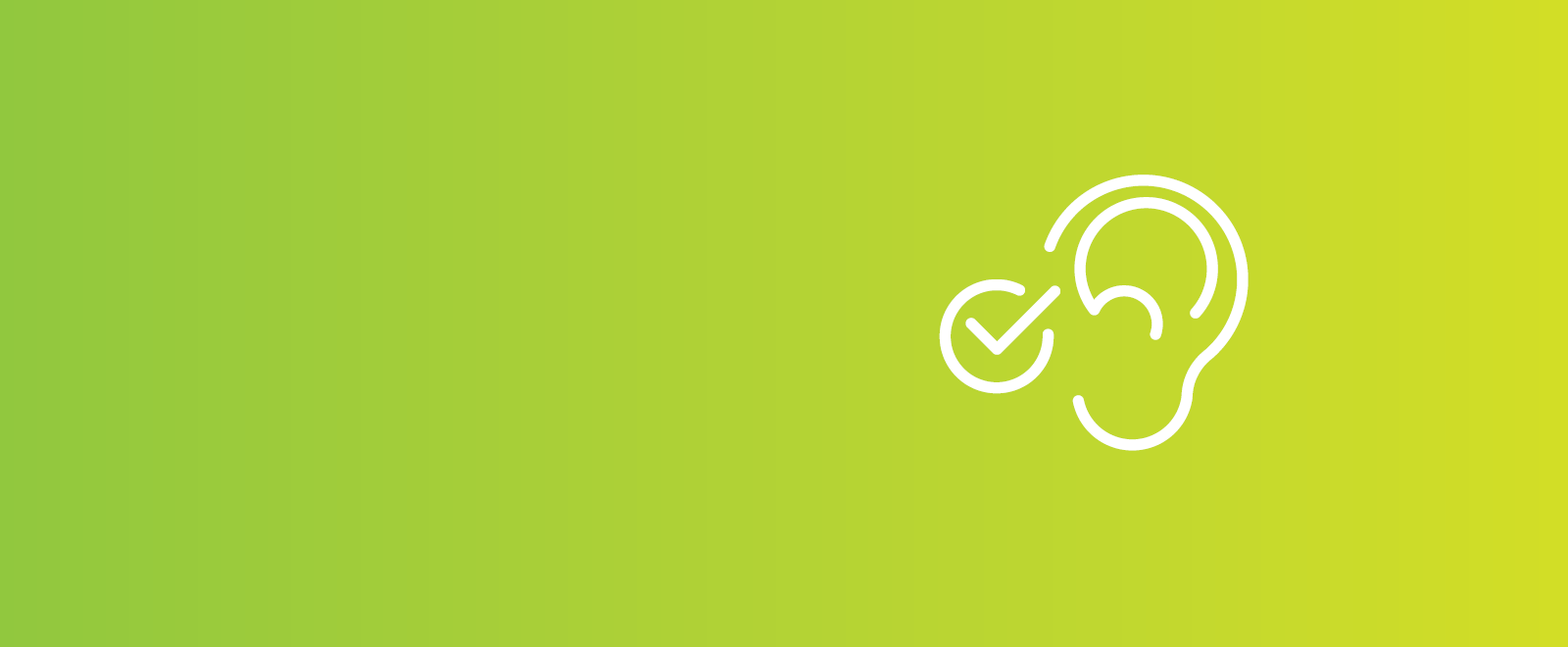How We Hear
What exactly happens when sound waves enter the ear?
Anatomy of the Ear
Our ears are like antennae picking up signals from different directions. The complex structures of the ear process these signals and pass them on to the brain, where they are interpreted. Therefore, for optimum hearing, it is best if both ears are fully functioning. But what exactly happens when sound waves enter the ear?
At the end of the ear canal, the sound waves hit the ear drum. The ear drum is a thin membrane between the outer ear and middle ear.
The ear drum is directly connected to the hammer bone. The hammer bone, along with the anvil and stapes, are the smallest bones in the human body. They transmit the mechanical vibrations of the ear drum into the inner ear.
The sound moves along in the form of a traveling wave through the fluid-filled cochlea, through the hair cells as it goes through the canal. The hair cells change the mechanical vibrations into electrical nerve impulses, which are then passed to the brain. This is the point where we hear.
What is hearing loss?

Understanding hearing loss
Find information on signs, symptoms & degrees of sudden or gradual hearing loss.
Learn More
Types of hearing loss
Identify and learn about the types of hearing loss you may be experiencing and determine the cause.
Learn More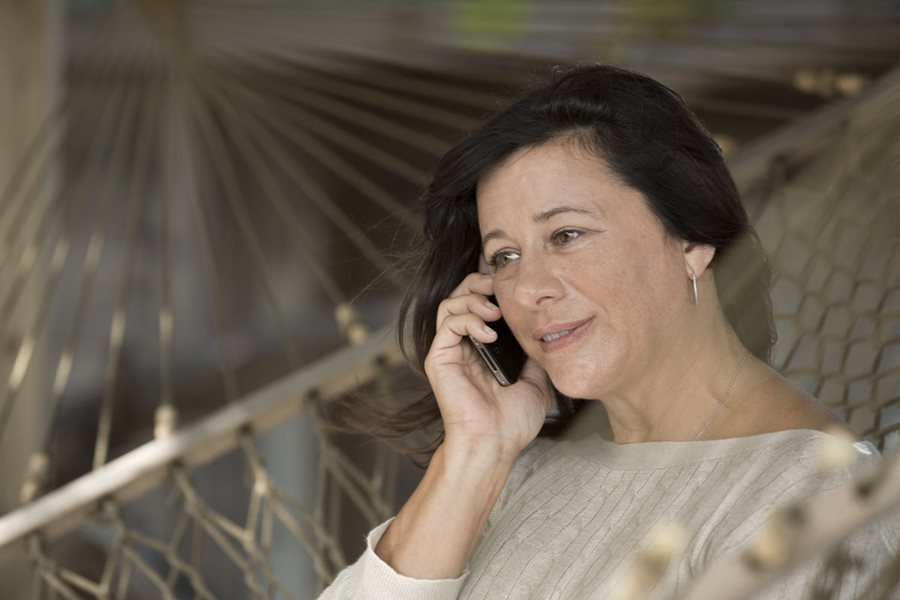
What is acute hearing loss?
Sudden hearing loss typically occurs without any warning, find answers to the most frequently asked questions here.
Learn moreEveryday life with hearing aids
Find out here everything you need to know about getting used to your hearing aid and how to look after it.

Hearing aid maintenance and cleaning
Find out here what to be aware of when storing and looking after your hearing aid in order to prolong its life to the maximum.
Learn more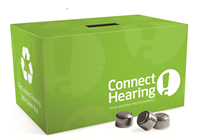
Hearing aid batteries
Hearing aids are becoming increasingly smaller and more powerful, regardless of whether they run on standard or rechargeable batteries. Here you can find out all you need to know about the quality, capacity, and performance of hearing aid batteries, making buying and changing them as straightforward as possible.
Learn more
Getting used to new hearing aids
Give yourself plenty of time to adjust to your new hearing aid. This includes getting used to the physical sensation of having the device in your ear, apart from the actual sensation of hearing.
Learn moreWe're here for you
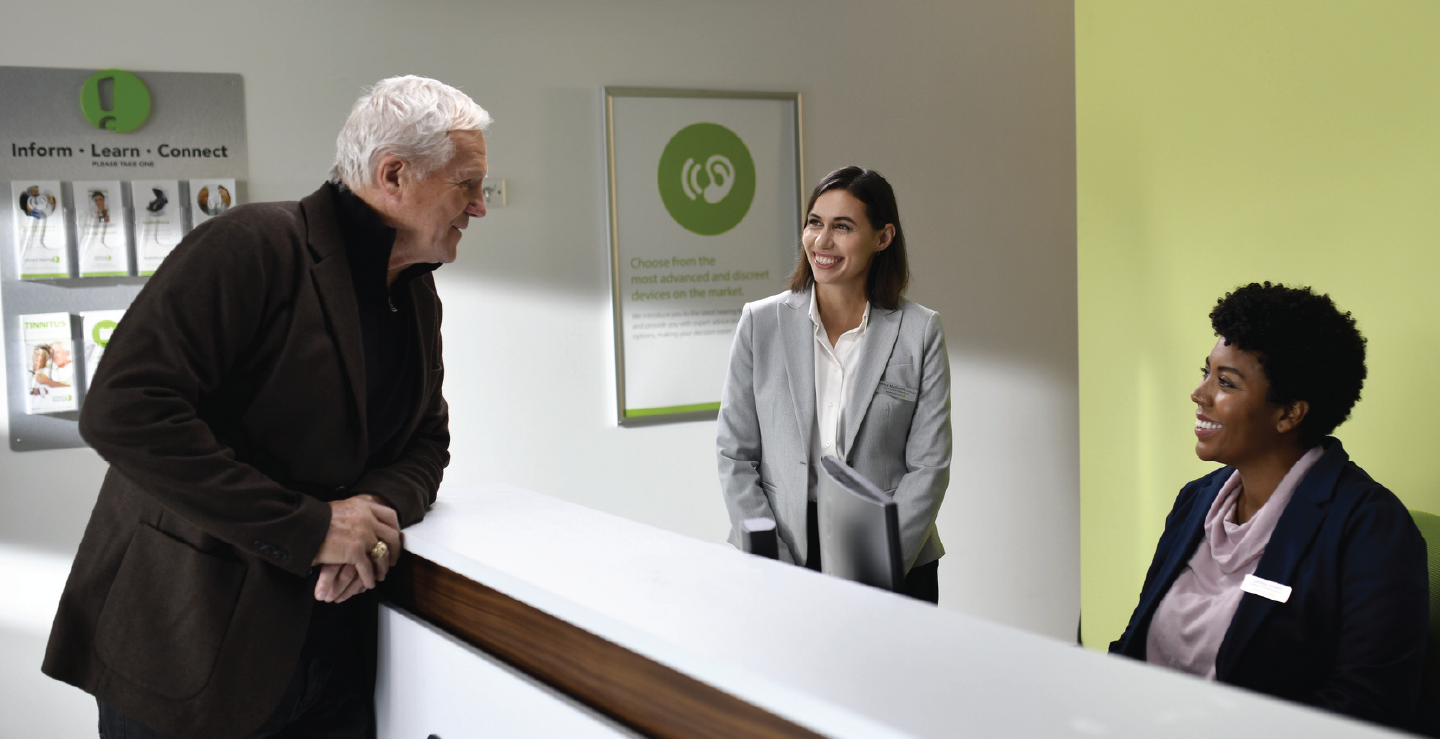
Book an appointment online
Book now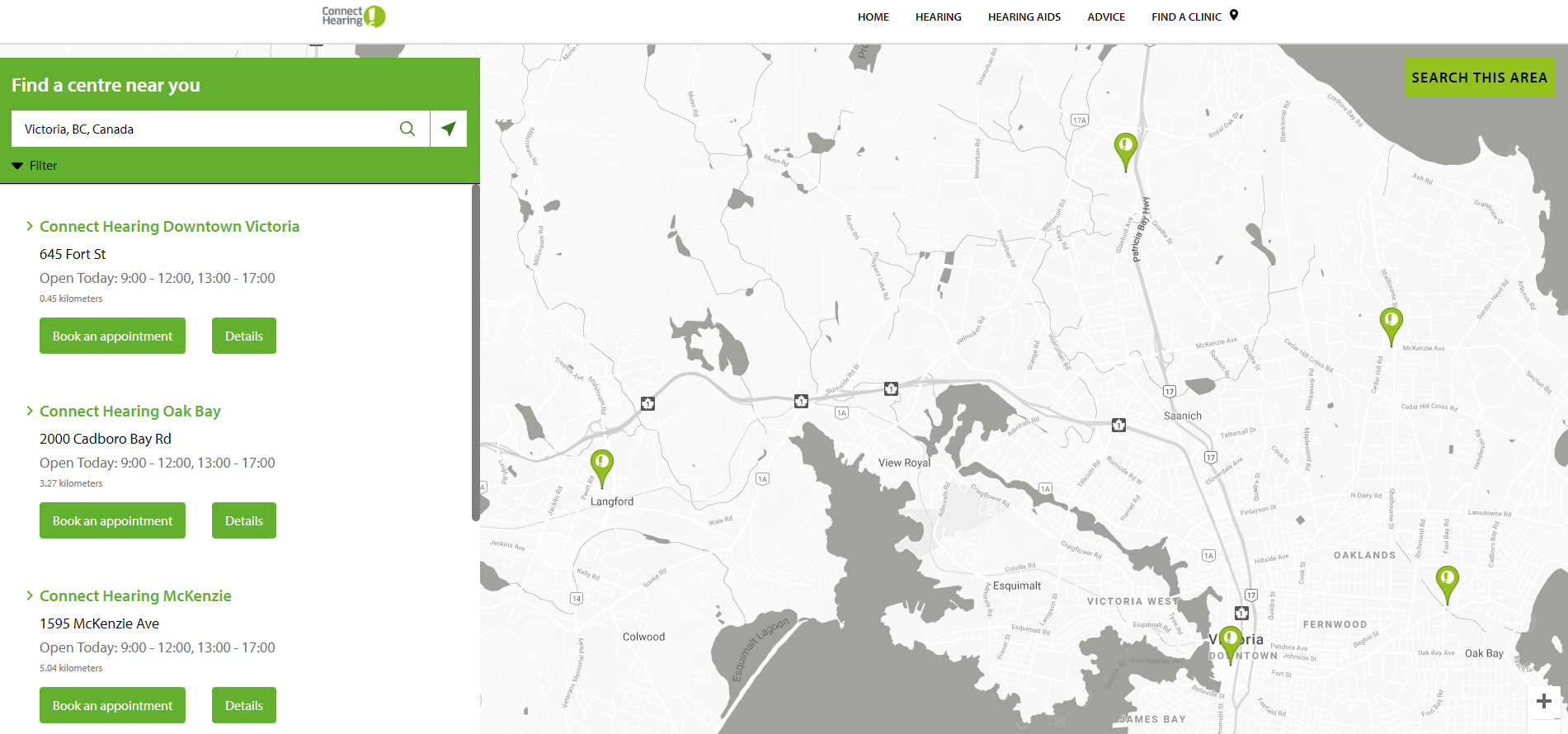
Find a clinic near you
Find a clinic